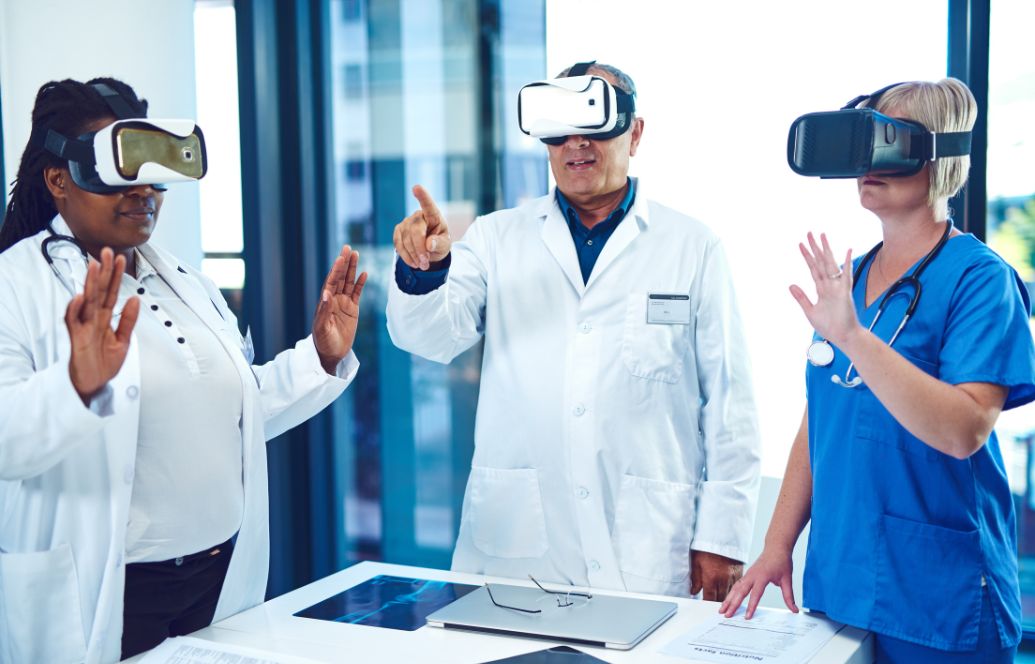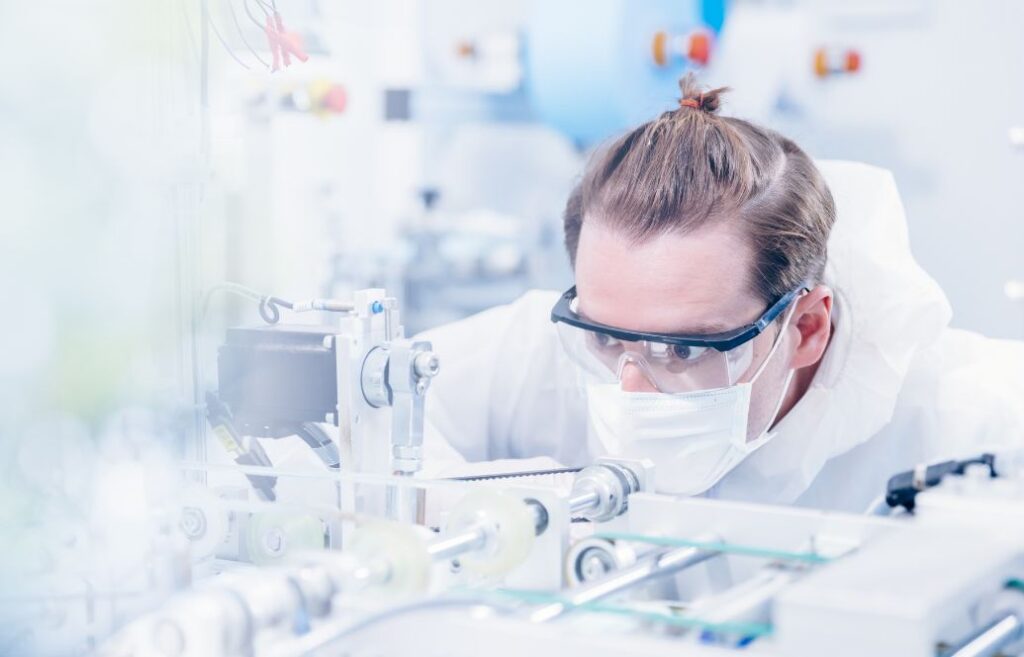One of the notable advancements in recent years is the integration of smart technology into CPAP devices. These intelligent machines not only deliver a continuous stream of pressurized air to maintain open airways but also offer features that promote connectivity, remote monitoring, and data-driven insights. Bluetooth-enabled CPAP machines allow users to seamlessly sync their therapy data with dedicated apps on their smartphones or tablets. This connectivity not only empowers users to monitor their progress but also facilitates remote monitoring by healthcare providers, fostering a more collaborative and responsive approach to treatment.
Moreover, the advent of artificial intelligence (AI) has brought about a paradigm shift in CPAP technology. Smart algorithms embedded in modern devices have the capacity to analyze vast amounts of data generated during CPAP therapy. These algorithms can identify patterns, assess the effectiveness of treatment, and even predict potential issues that may arise. The result is a more personalized and adaptive therapy experience, as the CPAP machine learns and adjusts to the individual’s unique sleep patterns over time.
The pursuit of user-friendly and comfortable CPAP therapy has led to innovations in mask designs and materials. Manufacturers have responded to user feedback by developing masks that prioritize comfort, minimize air leaks, and accommodate various preferences. Nasal pillows, lightweight full-face masks, and masks with adjustable straps contribute to a more individualized and tolerable experience for users.

Addressing the concern of noise levels associated with CPAP machines, manufacturers have focused on developing quieter devices. Whisper-quiet motors and advanced sound-dampening technologies ensure that users and their sleep partners can enjoy a peaceful sleep environment. This innovation not only enhances the overall user experience but also eliminates a common barrier to consistent CPAP therapy usage.
Recognizing the importance of portability and travel-friendly options, manufacturers have designed compact and lightweight CPAP machines. These devices cater to individuals with active lifestyles, ensuring that they can maintain their therapy regimen even when away from home. The convenience of travel-sized CPAP machines contributes to increased adherence and allows users to prioritize their sleep health wherever life takes them.
Humidification features integrated into CPAP machines have addressed concerns related to nasal dryness and discomfort. Heated humidifiers add moisture to the pressurized air, reducing irritation and contributing to a more comfortable therapy experience. Adjustable humidity settings allow users to customize the level of humidification based on their preferences and seasonal variations.
As we stand at the intersection of technological innovation and sleep apnea management, it is evident that CPAP technology continues to evolve to meet the diverse needs and preferences of users. These innovations not only enhance the efficacy of CPAP therapy but also foster a more user-friendly and personalized approach to sleep apnea treatment. In the subsequent sections of our exploration, we will delve deeper into specific innovations, providing insights into their practical implications and the evolving landscape of CPAP technology. Join us as we unravel the dynamic world of innovations breathing new life into CPAP therapy.
As we navigate the evolving landscape of CPAP technology, the innovations go beyond the device itself, extending into the realm of user experience and customization. These advancements cater to the diverse needs and preferences of individuals managing sleep apnea, fostering a more collaborative and patient-centric approach.
Customizable Therapy with Pressure Relief: One noteworthy innovation is the integration of pressure relief features in CPAP machines. Recognizing that individuals may experience discomfort or difficulty exhaling against higher pressures, manufacturers have introduced features like expiratory pressure relief (EPR) and bilevel therapy. These innovations allow users to customize the pressure settings during exhalation, promoting a more comfortable breathing experience and potentially enhancing overall therapy compliance.
Adaptive Algorithms for Optimal Therapy: The introduction of adaptive algorithms marks a significant leap in CPAP technology. These sophisticated algorithms continuously monitor and respond to changes in an individual’s breathing patterns throughout the night. By dynamically adjusting pressure levels in real-time, adaptive CPAP machines optimize therapy efficacy while minimizing unnecessary pressure, contributing to a more natural and responsive breathing experience.
Mask Fit and Seal Technologies: In the pursuit of mask comfort and efficacy, innovations in mask fit and seal technologies have garnered attention. Manufacturers have developed masks with features like self-adjusting headgear, memory foam cushions, and advanced seal designs. These innovations aim to address common challenges such as air leaks and discomfort, allowing users to find a mask that suits their facial structure and preferences for a more secure and pleasant fit.
Data Integration and Remote Monitoring: Modern CPAP machines are equipped with advanced data tracking capabilities that extend beyond basic usage metrics. These devices integrate seamlessly with cloud-based platforms, enabling users to store and access detailed therapy data. Healthcare providers can remotely monitor patient progress, troubleshoot issues, and make informed adjustments to optimize therapy without the need for frequent in-person visits.
Mask-Free Alternatives: In response to concerns related to mask discomfort and claustrophobia, innovative alternatives to traditional CPAP masks have emerged. Nasal EPAP (expiratory positive airway pressure) devices, such as Provent Therapy, use small, valve-like devices placed over the nostrils to create resistance during exhalation, keeping the airway open. These mask-free alternatives provide a discreet and lightweight option for individuals seeking alternatives to traditional CPAP masks.
Integration with Sleep Tracking Devices: As the popularity of wearable sleep tracking devices grows, CPAP technology has integrated with these platforms. Some CPAP machines can sync with smartwatches or other wearables, allowing users to correlate CPAP therapy data with their sleep quality metrics. This integration provides a more comprehensive view of sleep patterns and enables users to make informed adjustments to their sleep routines.
These innovations collectively contribute to a paradigm shift in the way individuals approach and experience CPAP therapy. As technology continues to advance, the emphasis on customization, comfort, and real-time adaptation ensures that CPAP technology evolves in tandem with the diverse needs and preferences of its users.
In the forthcoming sections of our exploration, we will delve into practical insights on navigating these innovations, offering guidance on selecting the right technology for individual needs and optimizing the benefits of modern CPAP devices. Join us as we continue to uncover the transformative power of innovations breathing new life into CPAP therapy.
In concluding our exploration of the groundbreaking innovations shaping CPAP technology, it’s evident that these advancements not only enhance the effectiveness of sleep apnea management but also empower individuals to take an active role in their journey to restful sleep. As we examine the final strides in the landscape of CPAP innovation, we shed light on the evolving trends that pave the way for a more user-centric and personalized approach.
Telehealth Integration: The integration of CPAP technology with telehealth platforms represents a transformative leap, especially in the wake of global shifts toward remote healthcare. Users can engage in virtual consultations with sleep specialists, receive real-time feedback on their therapy data, and fine-tune their CPAP settings—all from the comfort of their homes. This telehealth integration not only enhances accessibility to specialized care but also encourages ongoing communication between healthcare providers and individuals managing sleep apnea.
Quiet and Compact Devices: Acknowledging the importance of a peaceful sleep environment, manufacturers continue to refine the design of CPAP machines to minimize noise levels further. Whisper-quiet motors, advanced sound-dampening materials, and compact designs contribute to a discreet and unobtrusive user experience. These innovations not only address concerns about noise disruptions but also cater to individuals who prioritize portability and ease of travel.
Extended Battery Life and Power Options: In response to the diverse lifestyles of individuals managing sleep apnea, CPAP technology has seen advancements in battery life and power options. Extended battery life allows users to rely on their CPAP machines during camping trips, flights, or other scenarios where a traditional power source may not be readily available. This increased flexibility further encourages consistent CPAP therapy usage, regardless of one’s location or daily routine.
Integration with Smart Home Devices: As the Internet of Things (IoT) continues to permeate daily life, CPAP technology has embraced integration with smart home devices. Users can control and monitor their CPAP machines through voice commands or smart home platforms, enhancing convenience and ease of use. This seamless integration aligns CPAP therapy with the interconnected nature of modern living, providing users with a more intuitive and integrated experience.
User-Friendly Interfaces and Touchscreen Displays: Enhancements in user interfaces and touchscreen displays contribute to a more intuitive and user-friendly experience. Modern CPAP machines feature touchscreen controls, making it easier for users to navigate settings, track their therapy progress, and make adjustments as needed. The shift toward more intuitive interfaces aligns with the broader trend of simplifying technology to enhance user engagement and satisfaction.
Continuous Research and Development: The spirit of innovation in CPAP technology is a continuous journey. Research and development initiatives persistently explore novel solutions, from advanced algorithms to materials that enhance comfort. This commitment to ongoing improvement ensures that individuals managing sleep apnea can benefit from the latest advancements in the field, fostering a sense of confidence and trust in their chosen CPAP devices.
In the ever-evolving landscape of sleep apnea management, these innovations collectively contribute to a more dynamic and responsive approach. As technology continues to advance, individuals can anticipate further refinements and breakthroughs that enhance the accessibility, comfort, and efficacy of CPAP therapy.
As we bid farewell to this exploration, let us celebrate the strides made in CPAP technology, recognizing the transformative impact on the lives of individuals managing sleep apnea. May the journey to restful sleep continue to be guided by innovation, empowerment, and a commitment to improving the quality of life for all those who breathe new life into their nights through CPAP therapy.

